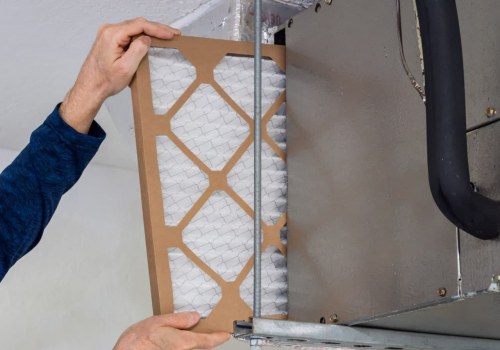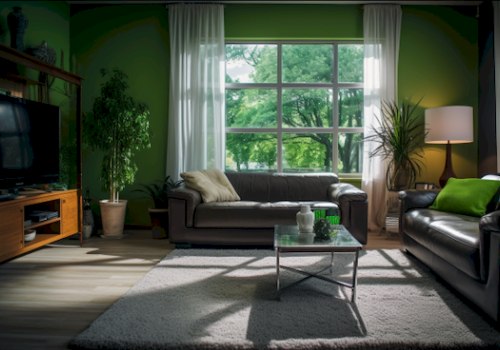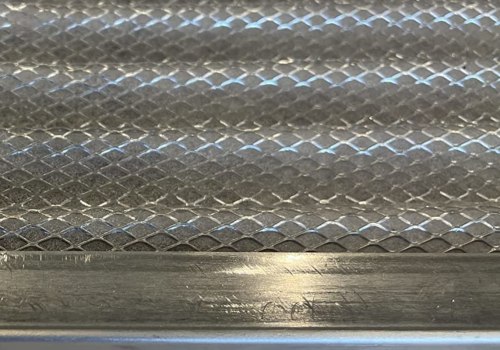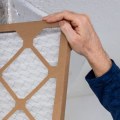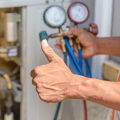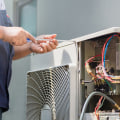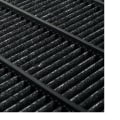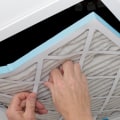MERV 11 filters are highly effective in controlling dust, pollen, dust mites and pet dander. This range of MERV values can begin to trap particles as small as 1.0-3.0 microns, which includes pet dander, dust that damages the lungs, and trapped self-emissions. Filters with a MERV rating of 11 can capture between 65% and 79% of the smallest particles, such as bacteria, tobacco smoke, burnt wood, pet dander, smoke, smog, and air from coughs and sneezes. To determine what MERV rating your unit can handle, you may need to follow a few simple steps.
Designed by The Home Depot for brands sold in its stores, including Honeywell, this rating structure is very similar to the MERV rating. Even though pleated filters have a slightly larger initial pressure drop, it's not significant enough to cause any damage to your HVAC system, as long as you change filters regularly. Filters with higher MERV ratings should be changed more frequently (at least every three months) to avoid restricted airflow that can reduce efficiency or even damage the system. For most homes and commercial buildings, filters with a MERV rating between 8 and 13 will sufficiently filter the air.
If you use a higher MERV rating that traps more particles, you may need to change the filter more often. Filters in the MERV 5-8 range can also trap particles with a size of 3.0-10.0 microns, but are more efficient in doing so. If you're still not sure which MERV filter is best for your home, talk to an HVAC expert who can guide you to the right selection. For most Canadian homes, oven filters with MERV ratings in this range are sufficient to filter most airborne impurities.

